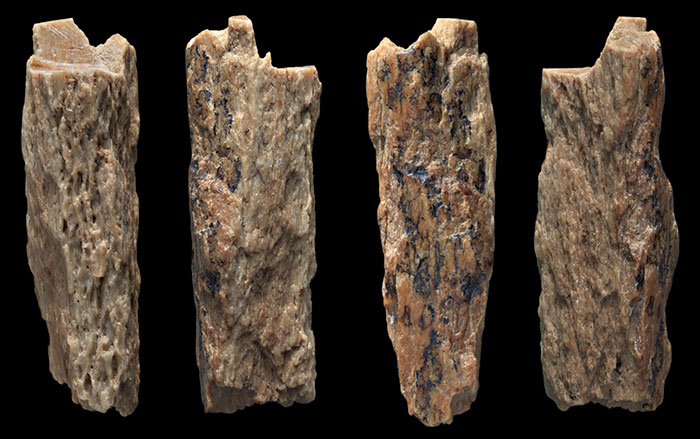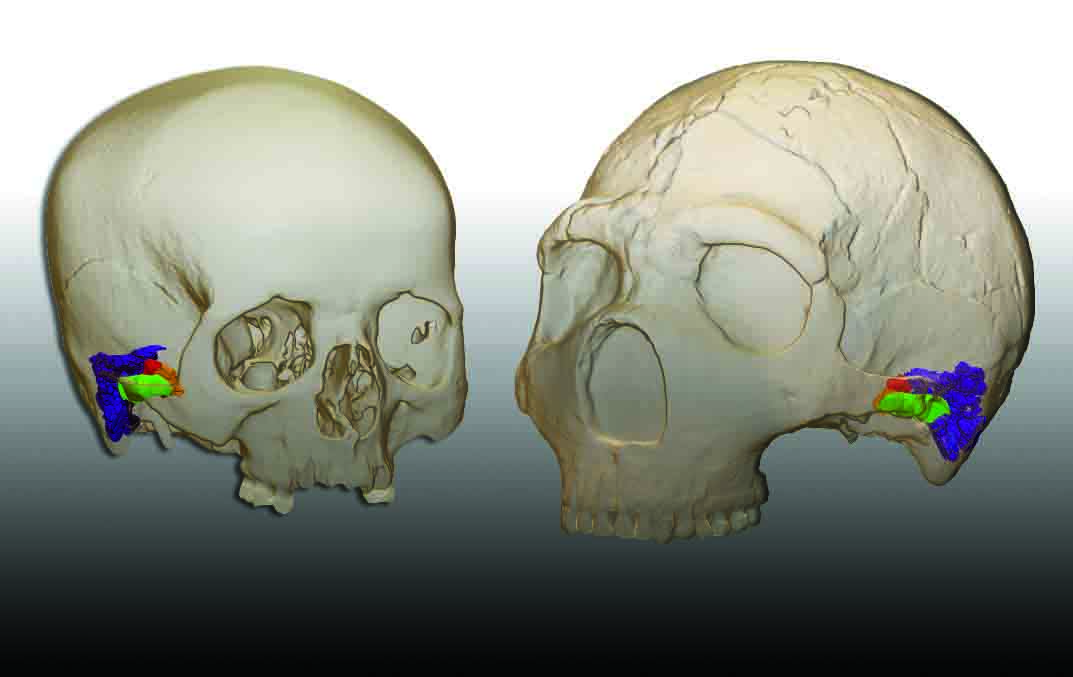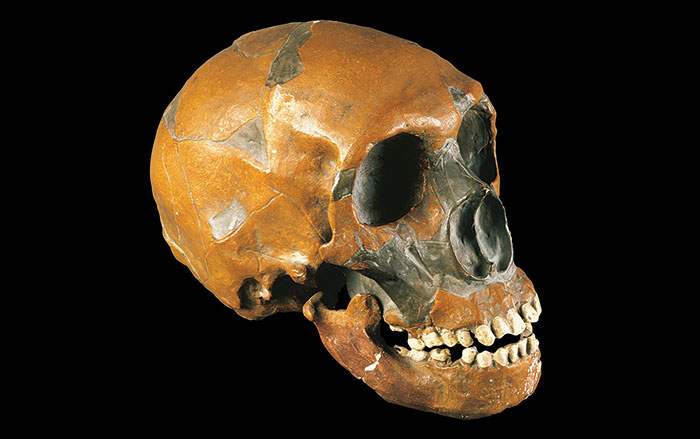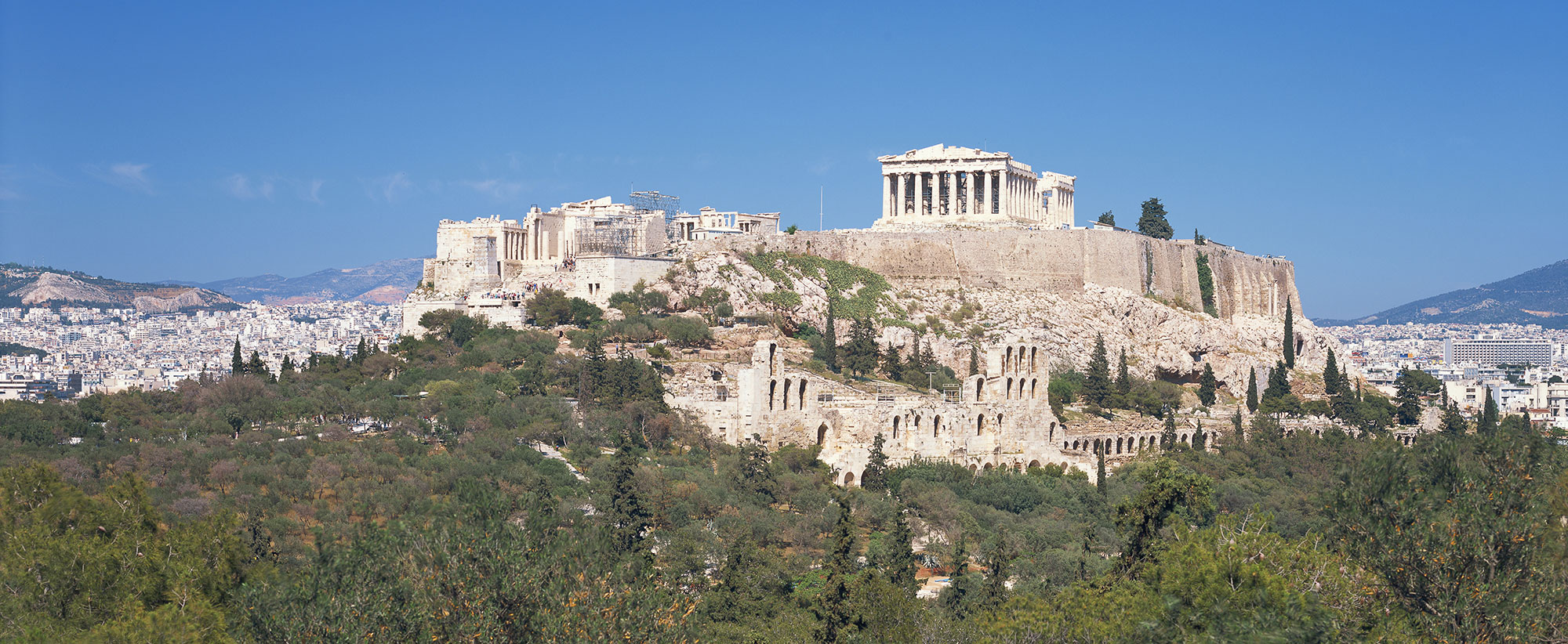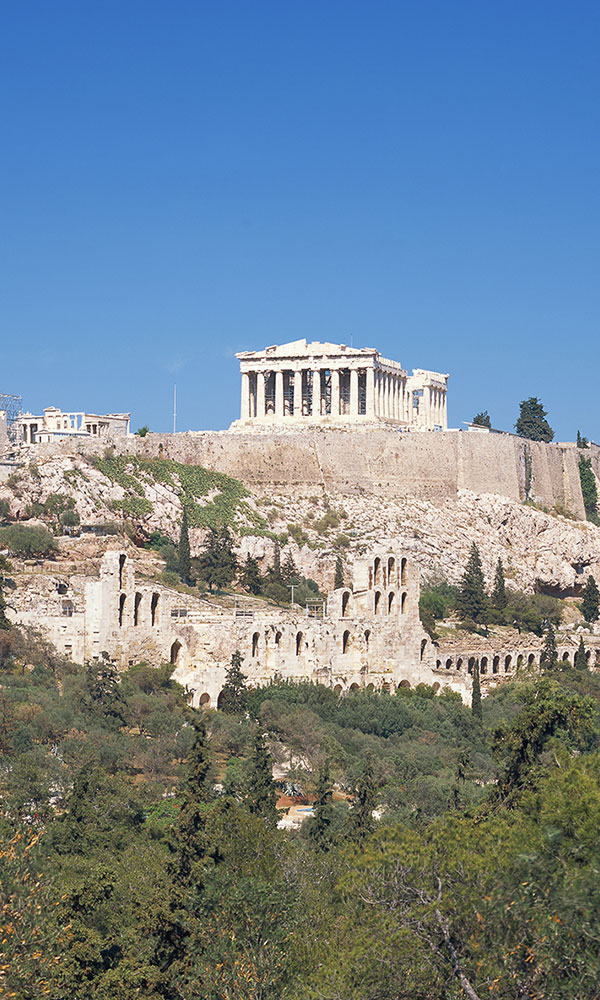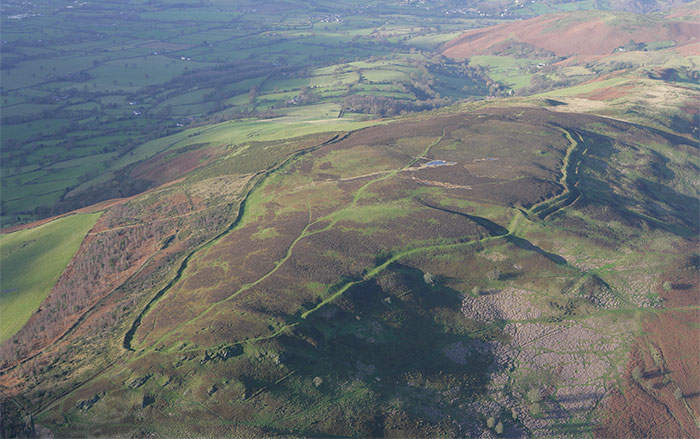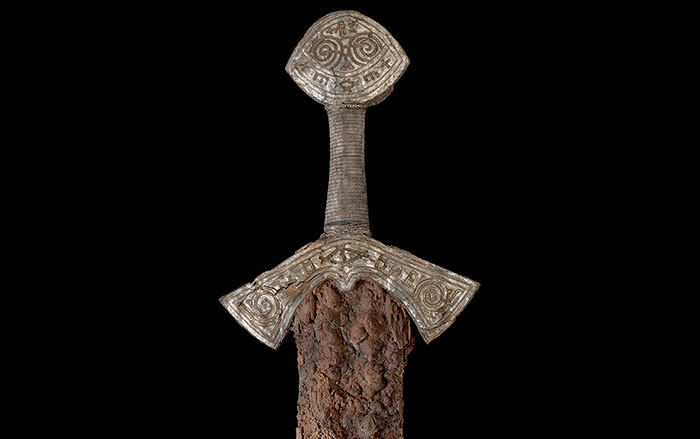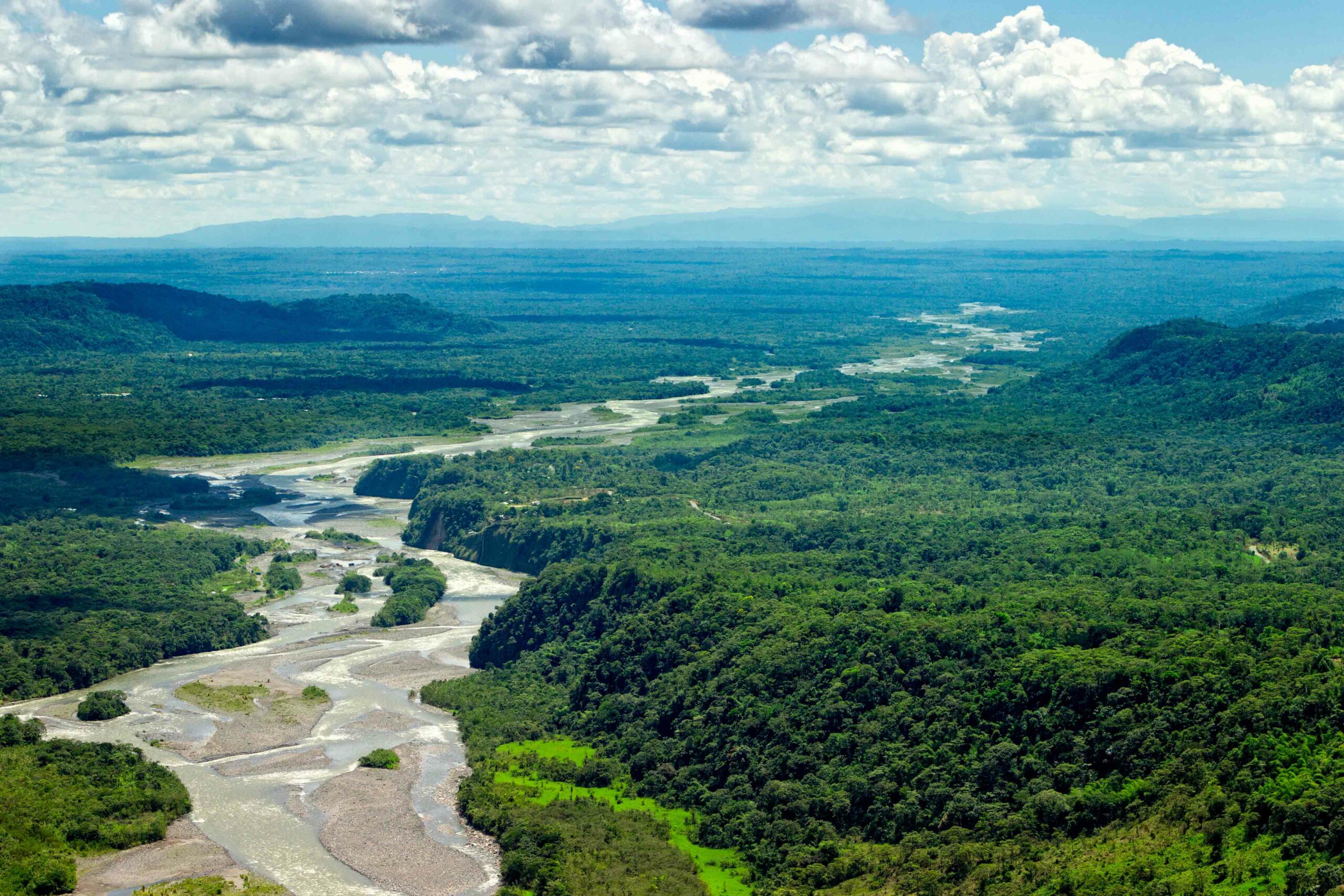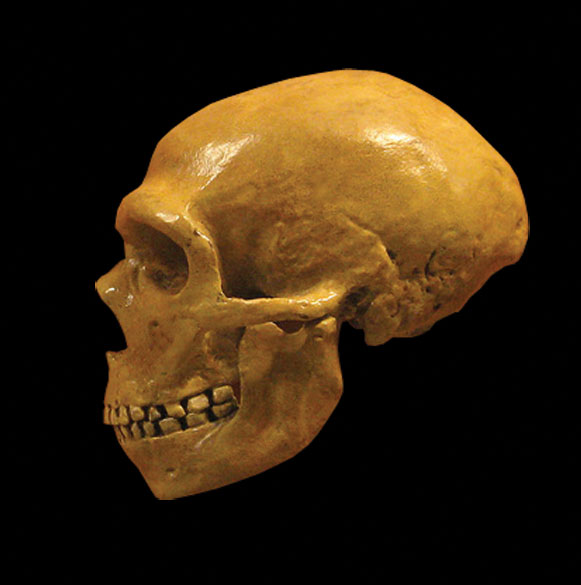
LEIPZIG, GERMANY—Studies have shown that one to six percent of modern Eurasian genomes were inherited from ancient humans. Now two independent studies suggest that interbreeding may have given some modern humans an increased ability to ward off infections. “We found that interbreeding with archaic humans, the Neanderthals and Denisovans, has influenced the genetic diversity in present-day genomes at three innate immunity genes belonging to the human Toll-like-receptor family,” Janet Kelso of the Max Planck Institute for Evolutionary Anthropology said in a press release. The archaic variants of these genes make modern human cells more reactive to invading bacteria, fungi, and parasites. But this increased sensitivity could also result in allergies. “These, and other, innate immunity genes present higher levels of Neanderthal ancestry than the remainder of the coding genome,” added Lluis Quintana-Murci of the Institut Pasteur and the CNRS in Paris. Kelso explains that Neanderthals had lived in Europe and Western Asia for some 200,000 years before interbreeding with the newly arrived modern humans, who benefited from Neanderthal adaptations to local climate, foods, and pathogens. To read more about our extinct cousins, go to "Should We Clone Neanderthals?"


